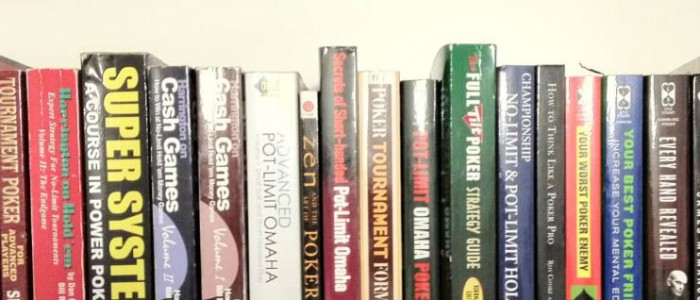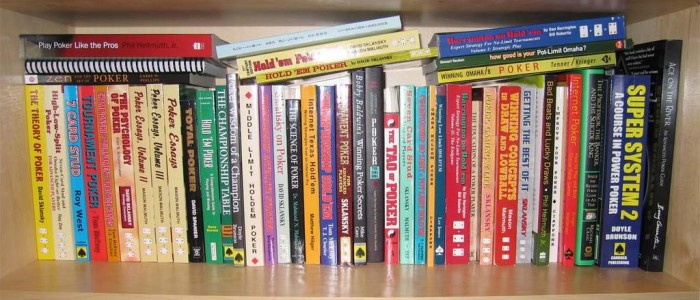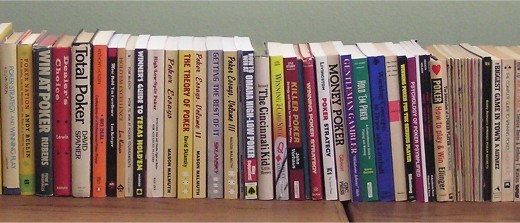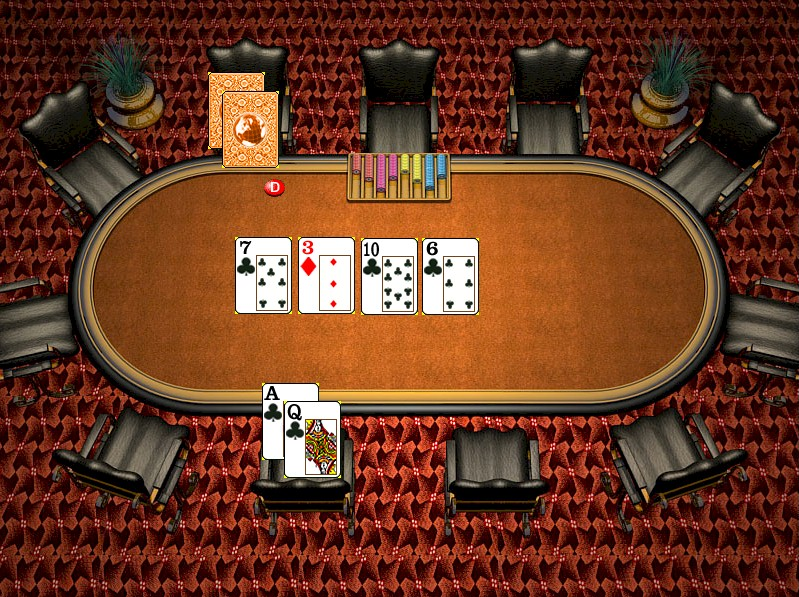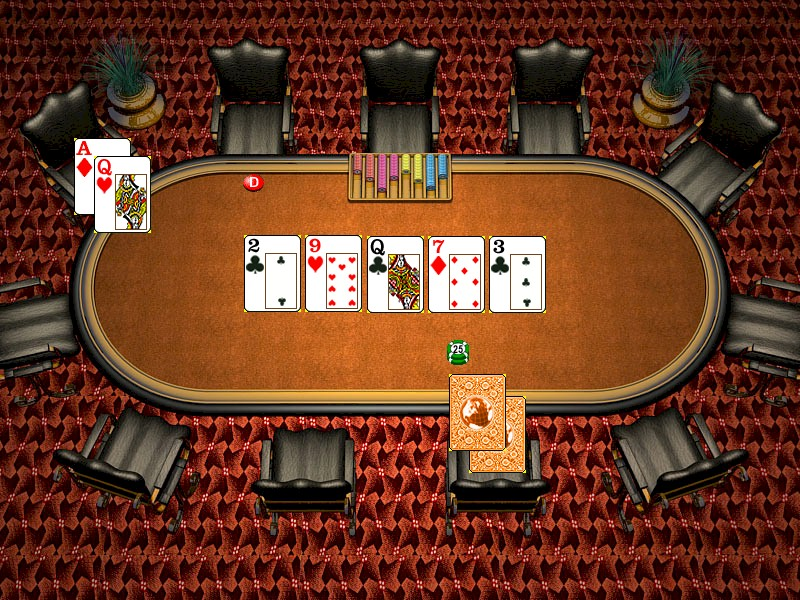Most popular poker player types you’ll face! Making Reads at Poker:
 PRE-FLOP REG PRE-FLOP REG |
 ONE AND DONE ONE AND DONE |
 BARRELING BARRELING |
 3 FOR FREE 3 FOR FREE |
 WAY TOO EARLY WAY TOO EARLY |
 STICKY FISH STICKY FISH |
 YUMMY FISH YUMMY FISH |
 NUTBALL NUTBALL |
 NIT’S GRANDMA NIT’S GRANDMA |
Winning poker is all about making good quick reads. Especially if you’re on a poker site like bovada poker, where you will have limited data on your opponents. That’s why it’s critical to know what kind of opponent you’re facing and how to make the proper adjustments.
List of Abbreviations (Brief Overview)
- ATC (Play any two cards) – Whenever a hand goes to showdown it’s always good to note what hands your opponent was playing and from which position. This always provides a lot of insight into how they think about the game. When you see someone play 95o from middle position, you can label them as ATC. The more you see this from them, the more solid your read will be.
- FC (Flush Chaser) – A lot of opponents love to chase flushes. When you see someone calling large flop and turn bets with an obvious flush draw, but they fold to a small river bet, you can be pretty sure they were chasing their flush. Also if you see an opponent calling large bets and then connecting with his flush, you’ll want to note this. It’s also important to note whether they CHECKED their flush on the end or bet it.
- SOOT (Likes to play any two suited cards) – This is similar to FC except there are some players who also like to play any two suited cards from nearly anywhere. You’ll see opponents play K4s from early position, or J6s from middle position, you can be pretty sure they’re a suited player. This is good to know if there’s a flush draw on board and you have a marginal hand, but they’re still calling large bets. It’s also good to note if they call raises with these hands too. Some people will call large raises with Q8s thinking that they will bust you if they hit their flush. We love to play against these types of opponents.
- AK (Will bet turn unimproved) – Nearly all people will bet the flop with any two cards if they raised before the flop. Not everyone however will bet the turn unimproved. This is very good to know if you’re holding a marginal hand and your opponent is still firing. This read will be a bit harder to make because you definitely need to see a few showdowns to confirm this for sure.
- CRW (Calls raises with weak hands) – This opponent will call large raises, for example, with QT out of position, or perhaps even a re-raise with KJ or some other dominated hands. They could also call a large raise with A4o or even a more speculative hand like J8o.
- LAF (Will lead into pre-flop raiserand fold to a raise) – Some opponents will call raises out of position with the intention of betting the flop to steal the pot. Some opponents will do this with small pocket pairs, and some will do it with air. If you get a chance to make the distinction between the two, it will be very helpful with your flop play. However, when you see someone do this, then you’ll want to make some generous raises on the flop when you don’t have a hand.
- SVB (Slim value bettor) – You’ll see these guys often betting middle or weak top pair on scary boards for value. Really important to note bet sizing in these spots because a lot of these guys will have betting tells in these situations, such as betting marginally weak in these spots (especially at micro and small stakes). It’s typically better to raise some of your bluff catchers against these guys instead of call since their bet / calling range generally isn’t very good unless they are extremely good hand readers and have a good read on you as well.
- Ax (Will play an ace from anywhere) – A lot of opponents fall in love with the ace. If you see someone playing A3 from early position or A8 to a raise, or a hand like A9 out of position to a raise, then you have an Ax player. This just adds more insight for you as to how your opponent understand the game and you can also get away from your pocket kings if this opponent is sticking around on an ace high flop because they’re not folding their weak ace.
- NPR (Will raise a non-premium hand) – Some opponents will raise a non-premium hand from anywhere. The extreme to which they take this will let you know how loose and aggressive they are. It’s a worthy note to take if they are showing up with hands like J7o from early position, Q9s from UTG, or 37s from middle position. Some opponents will just about never do this, some will occasionally, but NPRs will do it anywhere from semi-regularly to regularly.
- CBB (Continuation bet bad boards) – Some opponents like to continuation bet no matter what. They raise before the flop, and they want to fire the flop no matter how bad the flop texture is for their hand. I like to take a note of these guys because it will help me to know spots I can float and represent a big made hand on draw heavy flop textures that most missed over cards should be check/ folding on.
- LA (Look-up artist) – This is a very profitable opponent to play against. They will typically call nearly any flop bet you make, but will fold to further aggression. They tend to like to see how you’ll react after they call your first bet, but tend to fold a large percentage of the time to a second bet.
